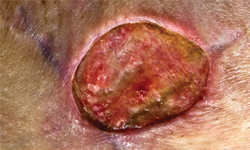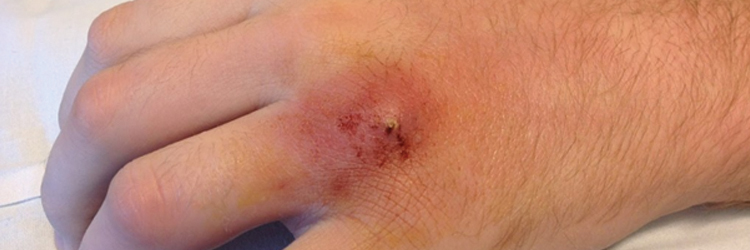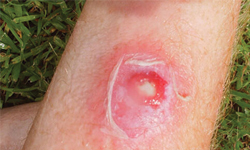Staph skin infection is a commonly occurring skin infection caused by staphylococcus or “staph” bacteria. About 25% of the population normally carries the staph bacteria in certain parts of the bodies without any signs or symptoms of an infection. Here is everything you need to know about a staph infection.
1. What is a staph infection?
When you develop a cut or wound that gets infected by the “staph” bacteria, it causes a staph skin infection. People with weak immune systems are more prone to this infection.
2. What are signs of a staph infection?
Staph infection is typically recognized by signs of inflammation, redness, swelling and tenderness in a particular region of the skin.
3. How severe can a staph infection be?

4. What are the staph infection stages?
A staph skin infection begins with a boil or a blister and can lead to a painful rash, oozing and crusting, and fever and chills.
5. What are the types of staph infection?

- Boils: This is the most common type of staph infection.
- Impetigo: This type of infection is contagious, and is marked by a painful rash and blisters.
- Cellulitis: Cellulitis affects the deeper layers of the skin and causes redness and swelling. Antibiotics are a common form of cellulitis treatment.
- Staphylococcal scalded skin syndrome: This form of staph infection is accompanied by fever, chills, rash and blisters.
6. Is a staph infection contagious?
Staph infections of the skin are contagious. However, staph infections that cause food poisoning are not contagious.
7. How to get rid of staph infection?
Staph infection is typically treated with the use of wide-ranging antibiotics. The choice of antibiotics depends on the intensity of the infection. The infections that are more severe and resistant to antibiotics are treated surgically. Worried that your rash or blister may be a staph infection? Have your dermatologist examine your skin lesion to prescribe the most effective treatment method.















